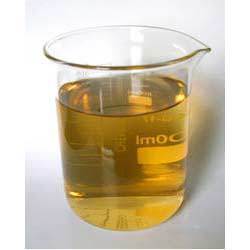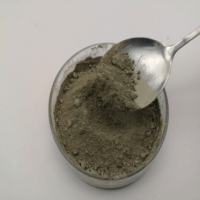Professional solutions on concrete addtives, Concrete Foaming Agent, Superplasticizer, CLC Blocks Additives, and foaming machine
(Different Types of Foaming Agents (2))
Introduction to Foaming Agents
The foaming agent is a kind of material that makes the object matter into pores. It can be divided into chemical foaming agents, physical foaming agents, and surface-active agents. The chemical foaming agent is a compound which can release gas such as carbon dioxide and nitrogen and form fine pores in polymer composition after decomposition by heating. The physical foaming agent is the change of the physical form of a certain kind of material through the fine pores of foam, namely through the expansion of compressed gas, liquid volatilization, or solid dissolution and the formation of the compound.
In the last article, the physical foaming agents of carbon dioxide foaming agents and hydrochlorofluorocarbon foaming agents have been mentioned. In this article, hydrocarbon foaming agents and hydrofluorane (HFC) foaming agents will be talked about.
3. Hydrocarbon Foaming Agents
The hydrocarbon compounds used in polyurethane foaming agents are mainly cyclopentane, especially the hard foam system of cyclopentane has the advantages of low thermal conductivity and anti-aging performance, ODP value is zero, and is often used in refrigerators, cold storage, and building heat insulation and other fields. In addition, n-butane and isobutane are used as auxiliary foaming agents to prepare hard bubbles of cyclopentane polyurethane. The following two problems must be solved. Explosion-proof equipment is selected to solve the problems of cyclopentane inflammable and explosive. Some measures such as n-pentane, iso-pentane, and cyclopentane used together can improve the fluidity of foam, so as to solve the problem of poor solubility of cyclopentane in polyether polyols.
4. Hydrofluorane (HFC) Foaming Agents
The value of HFC-ODP was zero, which was an ideal substitute for CFC-11 in soft PU foam production. The early HFC-type foaming agents are HFC-134A and HFC-152A. These two foaming agents have low molecular weight and low boiling points. When reaching the foam with the same density and similar physical properties, the dosage is less than that of CFC-11, and the performance is relatively stable. However, their defects lie in their high thermal conductivity and low solubility in general polyols, so it is relatively difficult to process the combined polyether containing HFC-134A and HFC-152A. Additional foaming equipment is required to meet processing requirements. Because of these shortcomings, people speed up the research and development of new HFC foaming agents. At present, some good products are developed, such as HFC-245FA and FC-365MFC. These two products have similar characteristics to CFC-11, thermal conductivity is in the same range as HCFC-141B, its ODP value is zero, toxicity is very low, and size stability is good. Hfc-245fa electrical insulation performance is excellent, the disadvantage is its low boiling point. Hfc-365 MFC has a high boiling point but is flammable. Currently, it is agreed that the two products mentioned above are the most ideal alternatives to CFC-11.
5. Others
In recent years, many scientific research institutions have accelerated the research work on CFCs foaming agent substitutes. For example, Japan Earth Environment Industry Technology Research Institute has launched a specific new substitute compound hydrogenated polyether (HFE), and developed seven series of HFE products. This product does not destroy the ozone layer, in the case of water as solvent, alcohol and fluorinated olefin reaction, the effect is very good. In addition, with the development of CFCS substitution technology, the surfactant product structure of polyurethane foam has changed greatly. Because the liquid carbon dioxide will be converted into gas almost instantly in the foaming process of soft polyurethane, the surfactant is required to have a strong nucleation ability, otherwise, it is difficult to obtain an excellent nucleation ability of bubble structure.
Suppliers of Concrete Additives
TRUNNANO is a reliable foaming agents supplier with over 12-year experience in nano-building energy conservation and nanotechnology development.
If you are looking for high-quality CLC foaming agents, please feel free to contact us and send an inquiry. (sales@cabr-concrete.com)
We accept payment via Credit Card, T/T, West Union, and Paypal. TRUNNANO will ship the goods to customers overseas through FedEx, DHL, by air, or by sea.
(Different Types of Foaming Agents (2))








